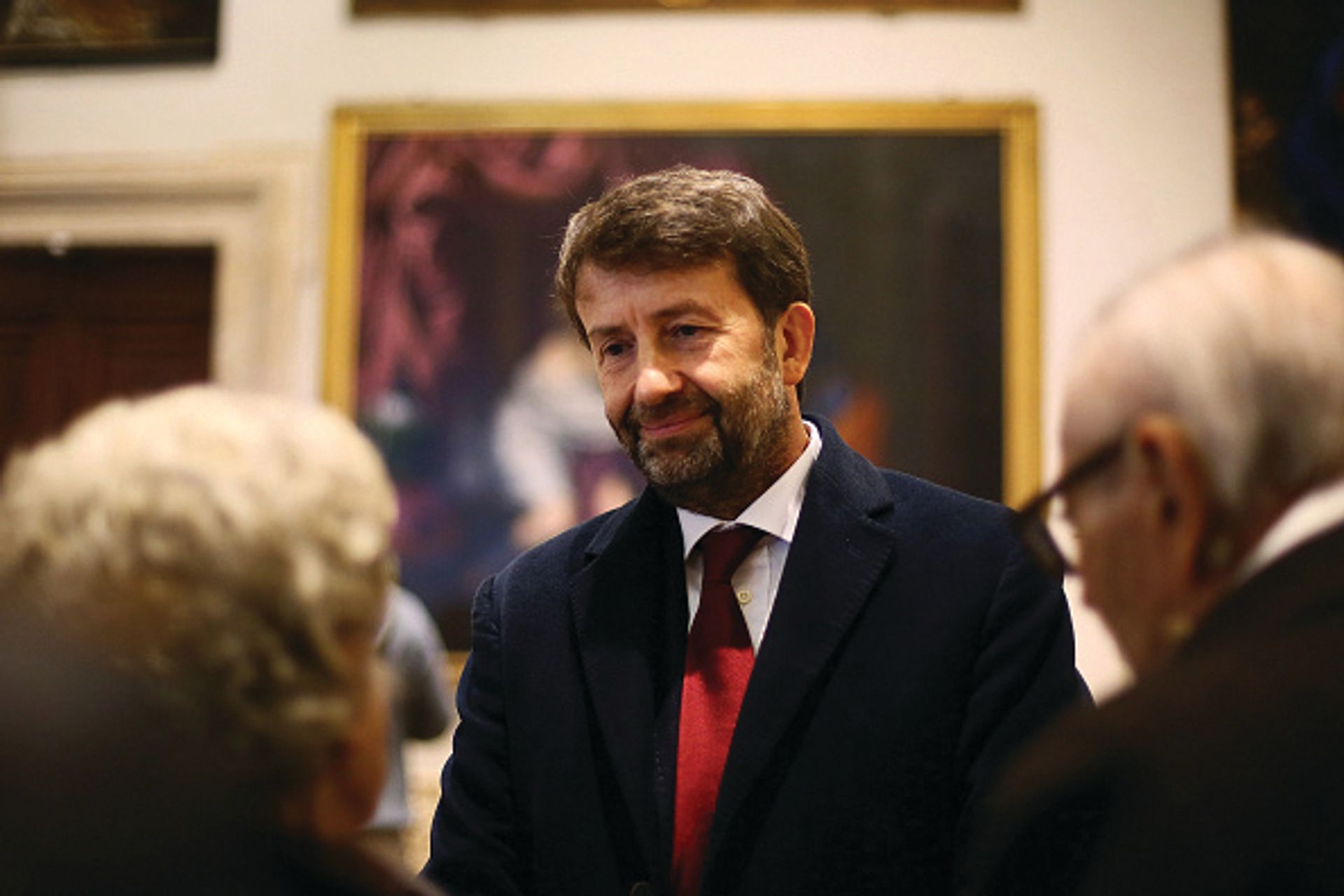Italy’s minister of culture, Dario Franceschini, is determined to make good on his promise to shake up the country’s cultural institutions. He announced a radical overhaul of the ministry’s regional arms, the Soprintendenze, last month. “We’re redesigning the ministry’s nationwide network to simplify our relationship with citizens,” he said.

Until recently, separate government bodies oversaw fine arts, archaeology and parks in each of Italy’s regions. Now, a single entity will oversee all three facets of a particular region. There will be 39 Soprintendenze, not including the two special entities that oversee Pompeii and the Colosseum.
As part of the reforms, the ministry will also establish ten autonomous museum structures, including the historical complex of the Palazzo della Pilotta in Parma and Hadrian’s Villa in Tivoli. An international competition has been launched to find directors who are up to the task.
Last year, the ministry appointed new directors—including, for the first time, foreigners—to lead 20 of its top museums. Each was granted unprecedented autonomy from the state. “Franceschini’s reforms are the essential first step towards unlocking the full value of Italy’s cultural heritage. For the time being, however, the promised autonomy is still mitigated,” says James Bradburne, who became director of the Pinacoteca di Brera in Milan in last year’s shake-up.
The greatest challenge is the reallocation of staff, which was expected to happen at the end of February, as we went to press. The practicalities of human resources have prevented many staff members from being transferred to their new posts. “We still need confirmation of staff for each of the newly autonomous institutions,” Bradburne says. “The country’s museums have been travelling hopefully for more than a year; it is now time to arrive.”

